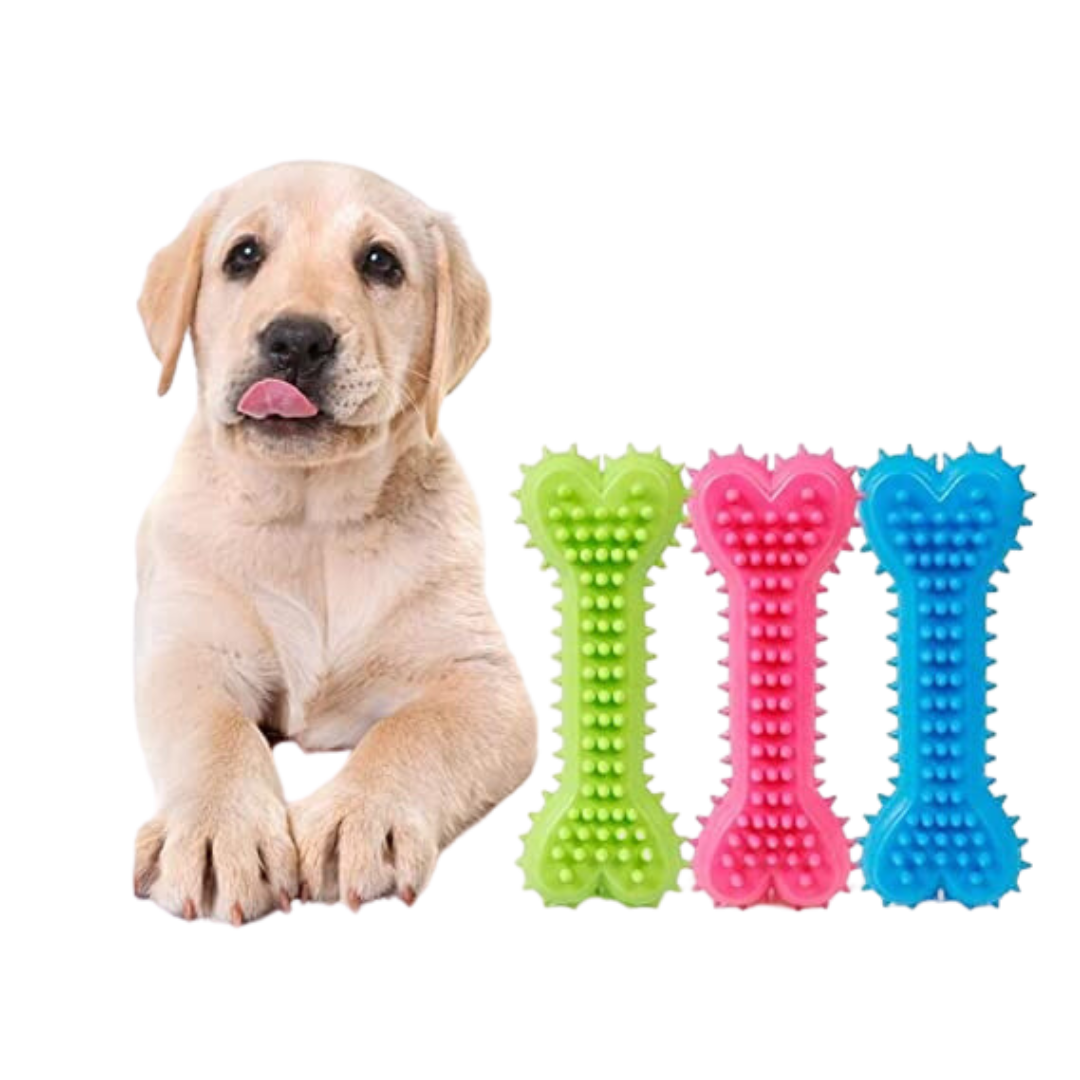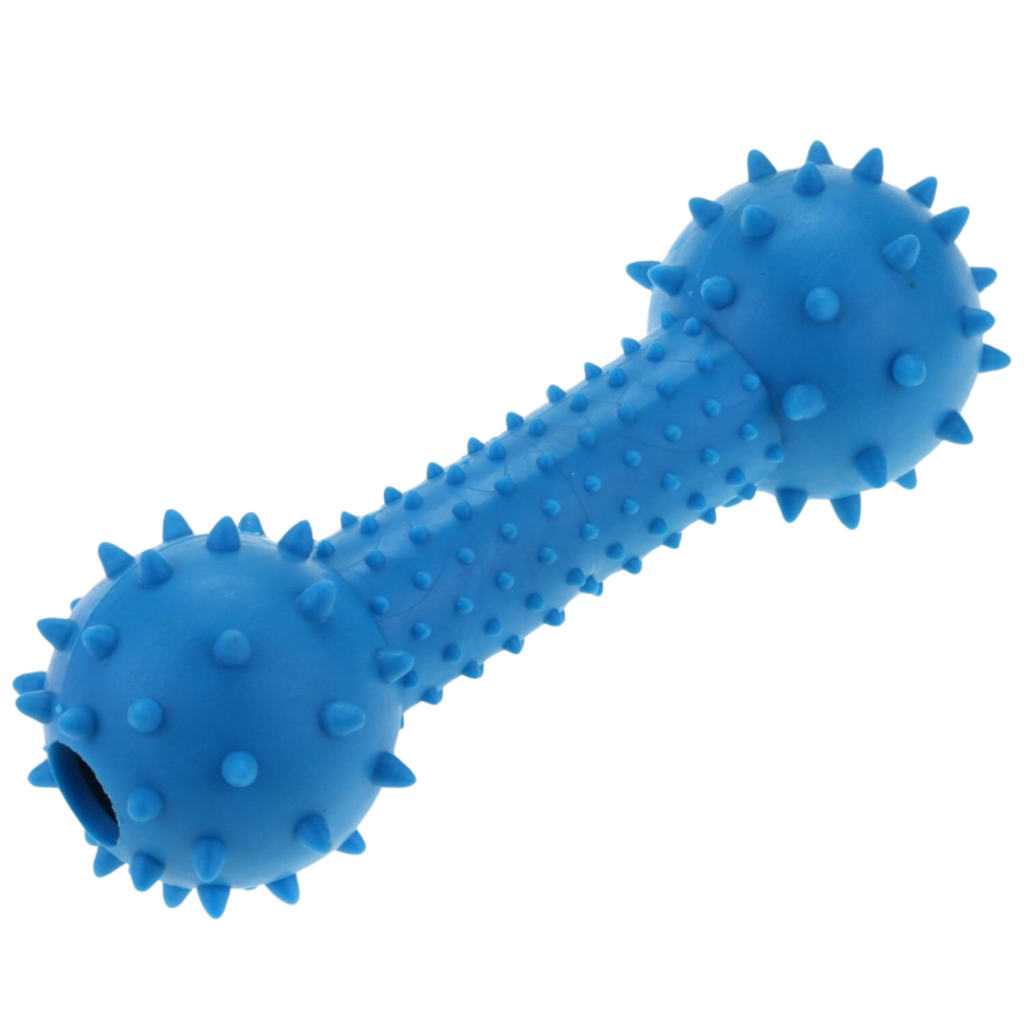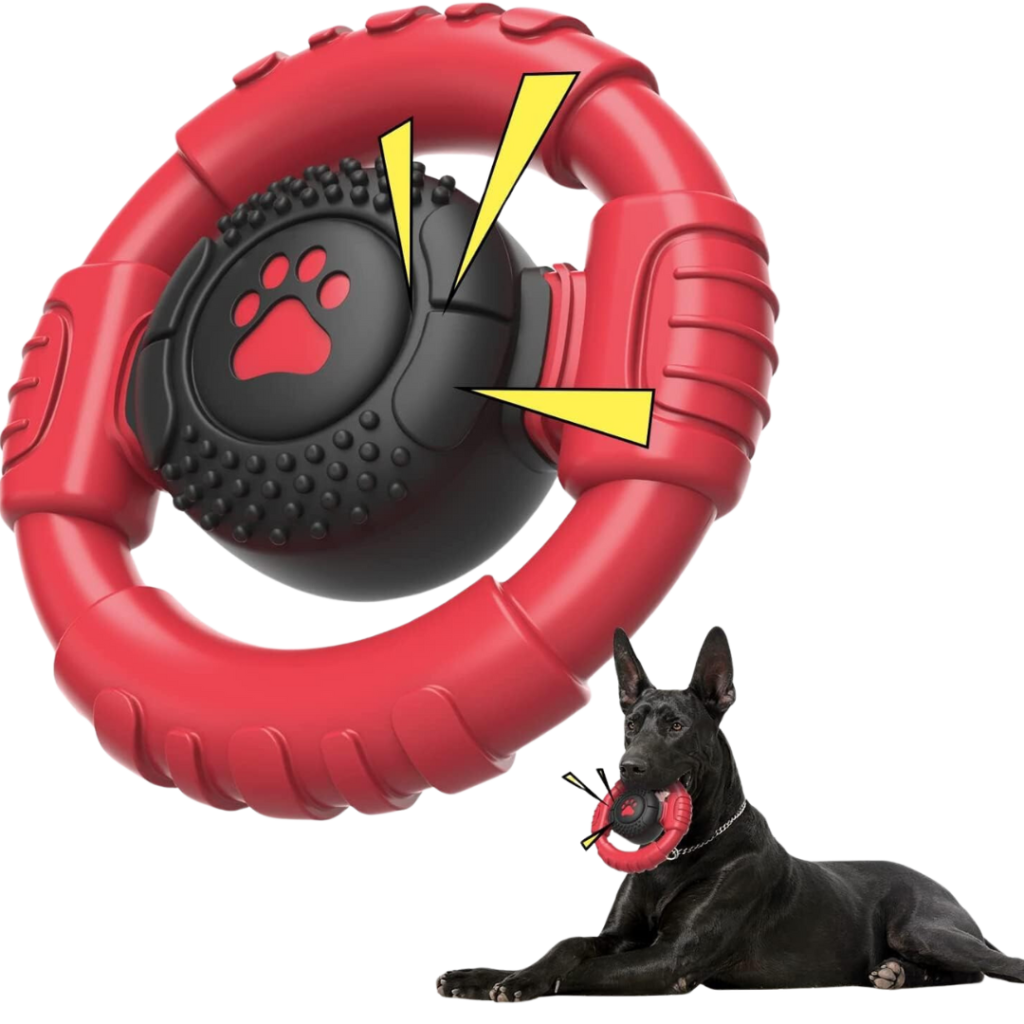Free Shipping On Order Over ₹459
Free Shipping | On Order Over ₹459
Rubber pet toys have become a staple in the lives of many pets and their owners. These toys offer numerous benefits, providing entertainment, mental stimulation, and even dental health benefits for our furry friends.


Rubber pet toys stand out for their durability, making them suitable for even the most enthusiastic chewers. Unlike other materials, rubber toys are less likely to break into small, hazardous pieces, ensuring the safety of your pet. Additionally, some rubber toys are designed to promote dental health by massaging gums and cleaning teeth during play.
There are various types of rubber pet toys catering to different needs and preferences. Chew toys are ideal for dogs who love to gnaw and chew, providing relief for teething puppies and satisfaction for adult dogs. Treat dispensers add an element of challenge and reward to playtime, encouraging mental stimulation and problem-solving skills. Interactive rubber toys engage pets in activities that stimulate their senses and promote physical activity.

Buy Colorful Bouncy Rubber Bone for Puppies
When selecting a rubber pet toy, it’s essential to consider factors such as your pet’s size, breed, and chewing habits. Opt for toys that are appropriate in size and durability to prevent choking hazards or damage. Additionally, examine the texture and material of the toy to ensure it’s safe for your pet to chew on. Look for toys with safety features such as non-toxic materials and sturdy construction.
While rubber pet toys are designed to be durable, they are not indestructible. It’s crucial to supervise your pet during playtime to prevent accidents and ensure their safety. Regularly inspect toys for signs of wear and tear, and replace them if necessary to avoid potential choking hazards or ingestion of small parts.
To prolong the life of rubber pet toys and maintain your pet’s health, it’s essential to clean them regularly. Wash toys with mild soap and water, paying attention to any crevices or textured surfaces where dirt and bacteria may accumulate. After cleaning, allow toys to air dry thoroughly before returning them to your pet’s play area. Store toys in a clean, dry place away from direct sunlight to prevent degradation.
While rubber pet toys offer many benefits, they may not be suitable for every pet. Plush toys are an excellent alternative for pets who prefer softer textures, providing comfort and companionship during play. Rope toys are another popular choice, offering durability and versatility for interactive games of tug-of-war.

To ensure the safety and enjoyment of your pet, it’s essential to avoid common mistakes when using rubber pet toys. Avoid giving inappropriate toys that are too small or fragile for your pet’s size and chewing habits. Neglecting to inspect toys regularly can lead to accidents or ingestion of harmful materials. Additionally, overlooking signs of wear and tear can result in injury or illness for your pet.
When introducing new rubber toys to your pet, it’s essential to supervise their interactions and provide positive reinforcement. Encourage your pet to explore the toy at their own pace, using treats or praise to reward curiosity and engagement. If your pet shows disinterest or reluctance, try introducing the toy in a different context or incorporating it into a game or training activity.

For pet owners looking to get creative, DIY rubber pet toys offer a fun and cost-effective alternative to store-bought options. Using household materials such as rubber bands, old socks, or rubber gloves, you can create custom toys tailored to your pet’s preferences and needs. Just be sure to use safe and non-toxic materials, and supervise your pet during playtime to prevent accidents.
Rubber pet toys play a vital role in promoting the health and happiness of our furry companions. From providing entertainment and mental stimulation to supporting dental health and preventing boredom, these toys offer numerous benefits for pets of all ages and breeds. By understanding the different types of rubber pet toys available, choosing the right toy for your pet’s needs, and following proper care and maintenance guidelines, you can ensure a safe and enjoyable play experience for your furry friend
Yes, rubber pet toys are generally safe for most pets. However, it’s essential to choose toys appropriate for your pet’s size and chewing habits to prevent choking hazards.
It’s recommended to replace rubber pet toys if they show signs of wear and tear or damage to ensure your pet’s safety.
Yes, rubber pet toys can provide relief for teething puppies by satisfying their natural urge to chew and helping soothe their gums.
If your pet ingests part of a rubber toy, monitor them closely for any signs of distress or discomfort
While DIY rubber pet toys can be a fun and cost-effective option, there are potential risks if not made correctly
Sign up for newsletter to receive
exclusive offer & discount
Popular Search: pet toys | Dog food |Pet Grooming | Pet Walking Accessories | Cat Teaser Playing Stick | Rope Toy | Cotton Rope Knot Ball Toy | Rubber Bone Toy | Rope Carrot Toy | Food Bowl | Chicken & Mutton Munchie Sticks | Fur Remover from Clothes | Brush Body Scrubber Shampoo Dispenser | Pet Massage Rubber Bath Glove | Nail Cutter Clipper And Filer |